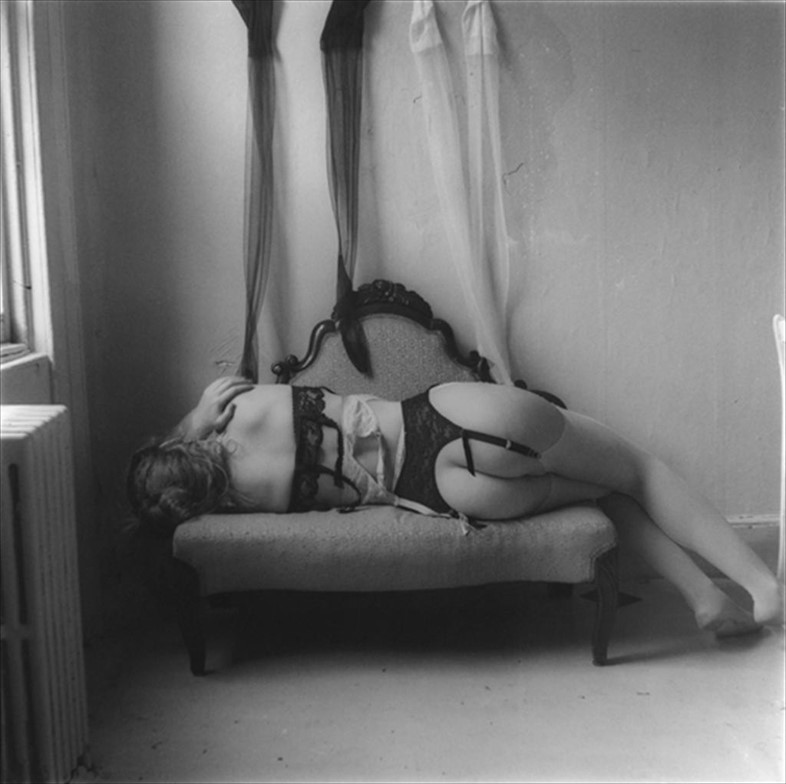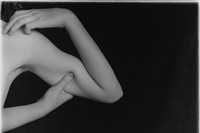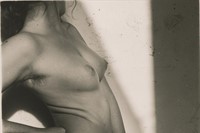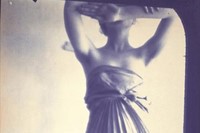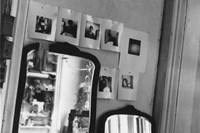Photographer Francesca Woodman has entered the pantheon of infamous prodigal artists who are precociously talented, yet snatched away before their time...
Photographer Francesca Woodman has entered the pantheon of infamous prodigal artists who are precociously talented, yet snatched away before their time. Her suicide in 1981 at the age of 22 has necessarily coloured perceptions of her work, hanging a tragic aura over a group of images already striking for their potent yet inherently adolescent self-expression. Now, 30 years after her death, the San Francisco Museum of Modern Art has drawn from the private collections of the artist’s family to create the most comprehensive exhibition of Woodman’s photography to date, including many images that have never been seen before.
Coming from a background that supported her interests – both parents were artists – and maturing at a time when photography was exploding as a popular medium, Woodman’s work is interesting as being representative of one who was entirely free to be an artist, rather than one intent on expressing resistance against external, negative forces. As Corey Keller describes in her accompanying essay, her work “approached female selfhood and sexuality from a deeply personal – rather than political or programmatic – point of view.” This is not the work of someone battling against social pressures; rather Woodman is expressing the interests, passions and sexual desires of her deepest self. Photos are imbued with intensely personal influences, ranging from the surrealism that was a passion of her father, the fashion photography of her idol Deborah Turbeville and the Victorian literature that was her favourite reading matter - indeed, shades of Mrs Rochester’s attic can be seen in her images taken of bounding, wild haired figures embedding themselves into wallpaper in dusty, dilapidated houses.
"This is not the work of someone battling against social pressures; rather Woodman is expressing the interests, passions and sexual desires of her deepest self"
This collection, laid out chronologically in the accompanying volume, is a journey through the developing eye and ambitions of an artist, rendered through frame after frame of a girl growing to the verge of womanhood. Woodman is present in most frames, mostly physically, but also in proxy, as an image on the wall or as a reflection in a mirror. Over and over, her naked body is exposed and explored, manipulated as a tool of her art. Yet this apparent vulnerability and openness is undermined by the consistent obfuscation of her face, leading one to constantly question her motives and the true significance of the images. And herein lies the problem with Francesca Woodman – her youthful suicide acts as an eternal ellipsis, not only marking the premature and unnecessary ending to a life, but also severing any chance of answering the many questions her work left unanswered.
Francesca Woodman is at SFMOMA until February 20, 2012, and the accompanying book is out now, published by SFMOMA and edited by Corey Keller.
Text by Tish Wrigley
